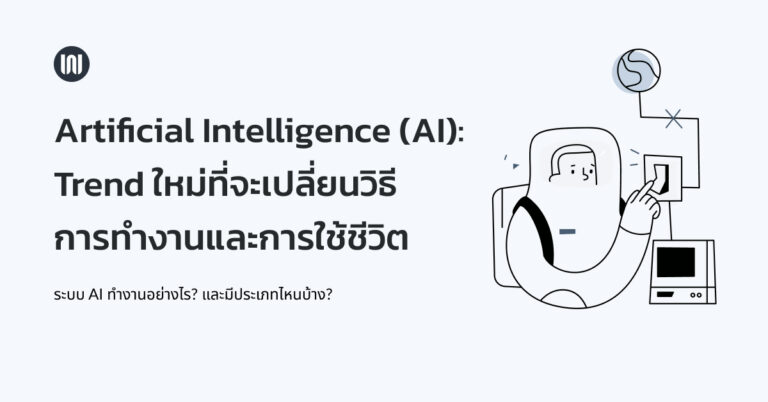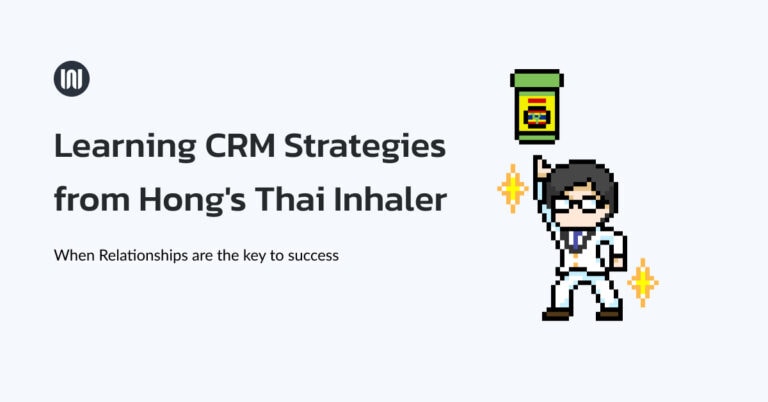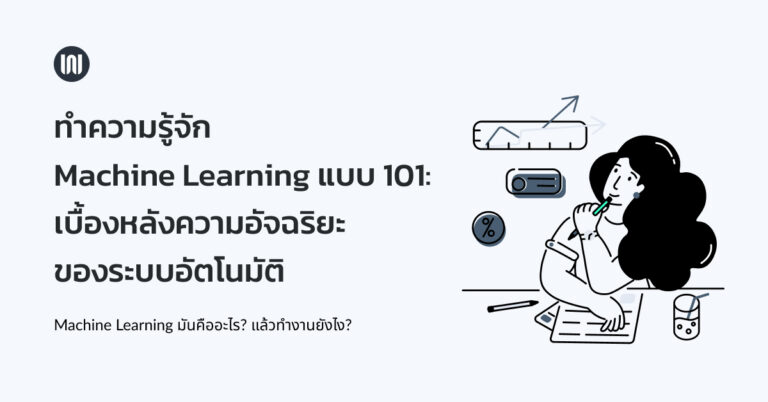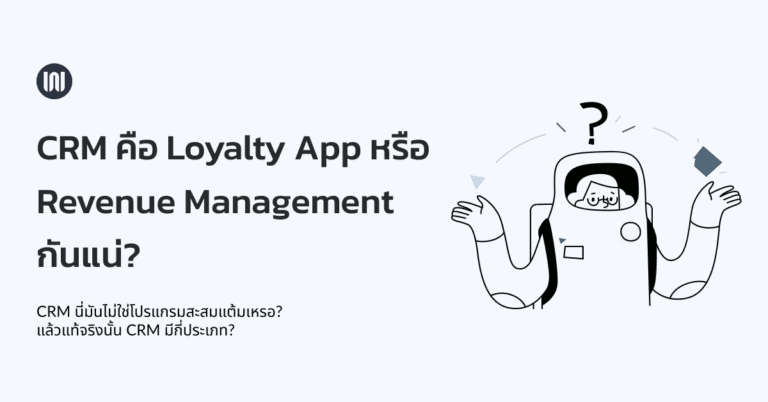Churn Prediction: A Critical Metric in Modern Business

Riki Kimura
Digital Marketing Executive at Wisible
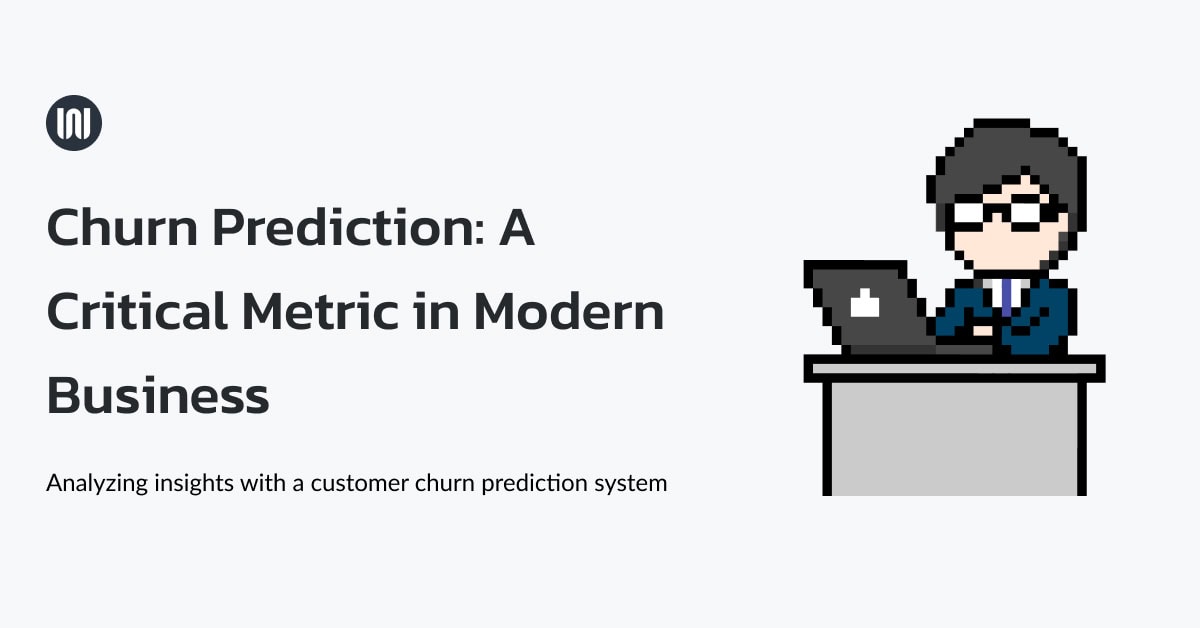
In today’s competitive business landscape, understanding and predicting customer behavior is crucial. One of the most significant aspects of this is Churn Prediction, which refers to the statistical forecasting of which customers are likely to stop buying products or services. This concept is vital in the realm of Predictive Analytics and is essential for businesses aiming to retain their customer base and maximize profitability.
Jensen Huang, the founder of Nvidia, has emphasized that Gross Profit, Sales, and Revenue are outcomes, not Key Performance Indicators (KPIs) for forecasting future business performance. These figures only reflect past situations, making it difficult for businesses to address problems effectively. By the time these numbers are analyzed at the end of the month or quarter, it might be too late to solve the underlying issues.

The Importance of Early Indicators
To survive in the market, businesses need to look for “Early Indicators,” which are metrics that signal the future direction of the business before actual results like sales or gross profit are visible. Early detection helps in timely problem-solving and prevents significant damage to the company. Churn Prediction is one such Early Indicator that helps businesses better understand customer behavior.
What is Churn Prediction?
Churn Prediction or Propensity to Leave involves statistical analysis to predict whether individual customers are at risk of discontinuing their purchases or services in the future. This Predictive Analytics is crucial for planning customer retention strategies. Although terms like “customer churn” and “propensity” might sound unfamiliar, they are key elements in Customer Relationship Management (CRM).
Challenges in Analyzing Customer Behavior
For businesses that rely on distributors and repeat purchases (Reorders) from stores, understanding customer behavior is challenging. Each store may have different reorder frequencies, and merely looking at sales or profit figures might not reveal customers switching to competitors in time. Analyzing the last few orders to spot anomalies is difficult, especially when managing thousands of customers and tens of thousands of SKUs. Even with data, it can be overwhelming to pinpoint hidden issues.
Leveraging Machine Learning for Churn Prediction
ntegrating Artificial Intelligence (AI: Machine Learning) with Churn Prediction allows for faster and more accurate data analysis. AI can process massive datasets, identify recurring behaviors, and predict customer behavior more accurately than manual analysis. Additionally, Data Visualization tools can present this data in an easy-to-read format, clearly indicating which customer groups are likely to churn.
We tried using AI for Churn Prediction with mockup data and developed this simple, easily understandable visualization. It shows at a glance which customer groups are likely to stop purchasing. However, knowing this is just half the story; we also need a monitoring system to alert us early to such risks.
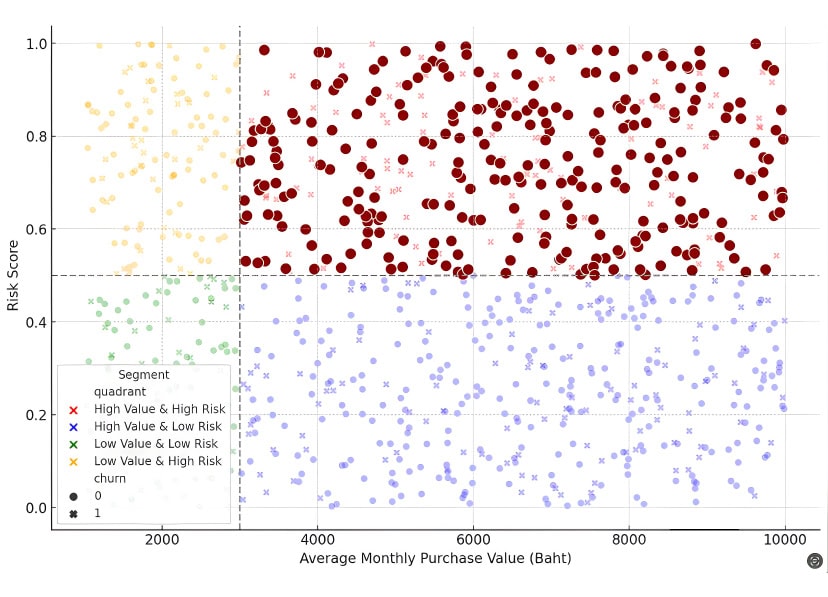
Proactive Measures and Strategic Response
Implementing Churn Prediction and a monitoring system is part of a broader Digital Transformation strategy. This approach not only helps businesses forecast customer behavior but also equips them with the necessary tools and strategies to respond effectively. Leveraging Predictive Analytics and AI (Machine Learning) enhances customer retention efforts and drives long-term business success.
What Tools Can Help with This?
Currently, there are many Churn Prediction tools available on the market, each with its own strengths and weaknesses. Finding the perfect tool for an organization can be challenging due to different operational needs. While there are major CRM providers offering fully customized solutions, these often come at a high cost. Alternatively, hiring a software house to develop a bespoke tool can also be expensive.
Wisible is a tool specifically developed to meet this need, covering all aspects of operations from Sales and Marketing to Management and Executive levels. If you are interested and want to learn more, please contact us here.


